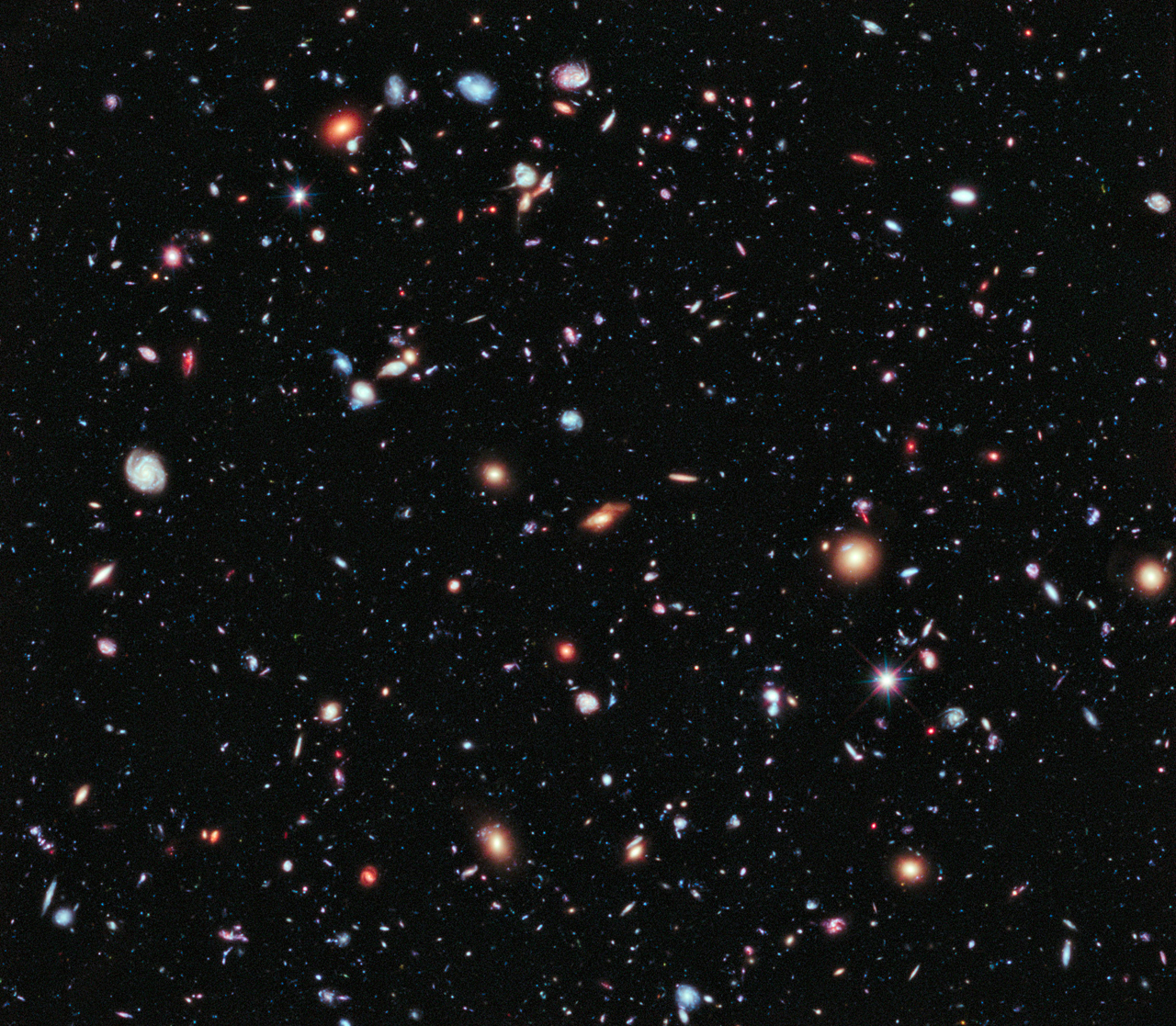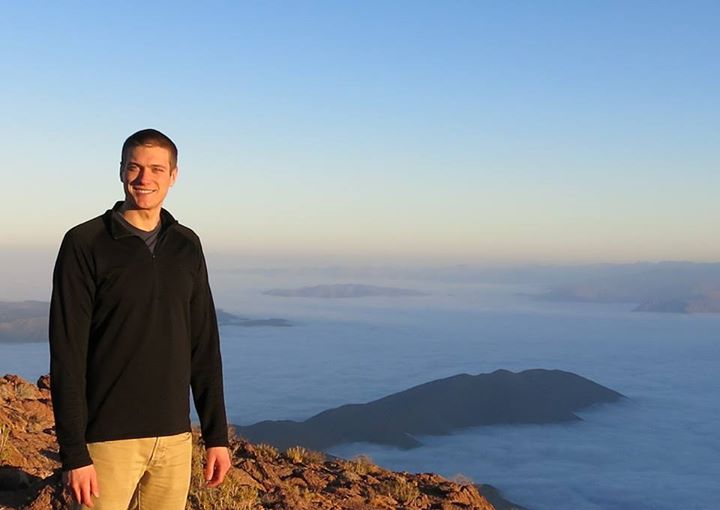Anthony’s role in the Dark Energy Survey involves studying galaxy clusters, the largest gravitationally bound objects in the Universe. His research uses visible wavelengths of light to understand galaxy cluster characteristics and then compare them to other measurements from X-ray and infrared wavelengths. By passing the light from individual galaxies within the cluster through a grating and prism (a device called a grism), you can spread the different wavelengths of light out into a rainbow; and by looking at the number of photons at different wavelengths, you can determine how far away the galaxies are and how fast they are moving in relation to one another. He can then use that information to determine characteristics of the galaxy cluster they reside in, which he compares with the other methods of measurement.
We asked Anthony a few more questions – here’s what he had to say:
What is your favorite part about being a scientist?
My favorite part is the feeling that I am looking at something no one else has seen before, and that I am uniquely contributing to our knowledge of the Universe. On a more day-to-day my favorite part is being able to write computer code that can perform complicated tasks for me and output interesting quantities I can use in my science analysis.
When did you know you wanted to be a scientist?
Math and science were always interesting to me but it wasn’t until I entered high school (14 years old) that I knew I wanted to be a scientist. Popular books and television series showed me how many interesting things we already knew about the world and got me interested in the questions that we could not yet answer. Something about the puzzle or challenge of that drew me to become a scientist.
Do you have any hobbies or play any sports?
I participated in a number of student groups as an undergraduate at the University of Minnesota: everything from community service to mentorship, swing dancing, Ultimate Frisbee, and educating the public about alternative energies. Now as a graduate student at the University of Michigan I volunteer with the Society of Women in Physics (SWIP) doing outreach to get students interested in STEM fields.
 What is your favorite space-related image and why?
What is your favorite space-related image and why?
My favorite image is the Hubble Space Telescope’s Ultra Deep Field image of a small patch of the sky. It contains so many resolved galaxies in such a tiny patch of the sky. To me, it is best visual for trying to grasp just how large our Universe really is.
If you weren’t a scientist, what would your dream job be?
If I wasn’t a physicist/cosmologist, I would likely be a computer programmer. I enjoy the programming aspect of my research and I like to learn about new programming languages and techniques.
Any advice for aspiring scientists?
At every stage of your education, remember to keep the big picture in mind. Remind yourself why you want to be a scientist and what drives you. Also remember that these things take time. It takes years to learn about a field.
Finally, computer programming is a VERY useful skill to have in science and in many other careers.
